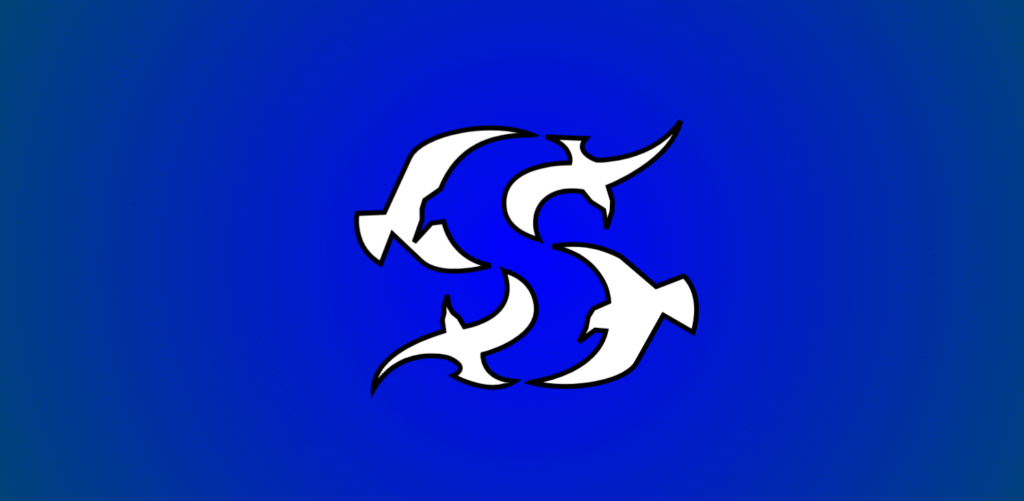People love stories. And the ones that teach us something are the most treasured. In the art of creating graphic marks and logos, stories often play the leading role — because a thoughtfully designed logo draws interest not only through its form, but through the narratives that lie behind it: the story of the company it represents, the designer’s own journey — their doubts, their discoveries — and the moments of insight that shape a visual form meant to express values.
That’s why there’s a real difference between a logo created by artificial intelligence and one made by a human hand. AI reuses other people’s stories, while a person designs from lived experience — from reflecting on their own life. A designer arrives at a solution that’s only the visible tip of an iceberg built from personal experience, varying levels of creative awareness, and the practical needs of a business.
When that happens, both the logo and its story become recognisable for decades — and the most successful ones, like great businesses themselves, endure for centuries.

The “S logo” — an image of birds whose wings and bodies form the shape of the letter S in a skyward dance — is a classic example of using negative space.
To be honest, most graphic solutions come about through trial and error. That was the case here too: I didn’t begin with a clear internal vision of the future mark. The only brief was to create a symbol for a family business.
Using negative space became the way to merge several small bird figures into one meaningful whole — symbolising the unity of a family gathered around a shared purpose.
A logo can stand out through its simplicity — guiding the viewer’s eye across its graphic landscape with the curiosity of an explorer discovering hidden treasures. Designers sometimes say “the mark plays” when the human eye catches harmonious signals that, combined with context, reveal deeper meanings within the mind.
